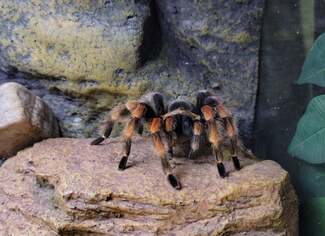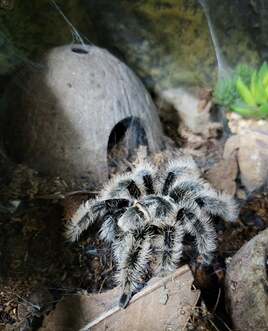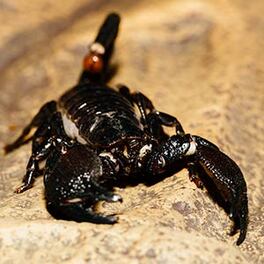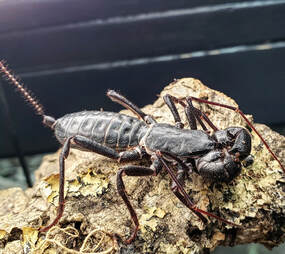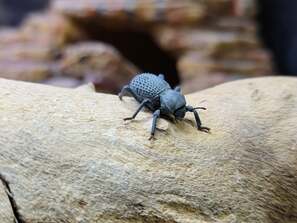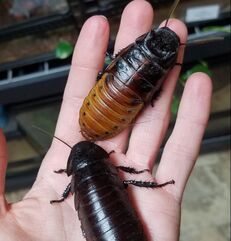Invertebrates, animals with no internal spine, are different than all other animals because they have their skeleton on the outside! This exoskeleton makes them hard on the outside and means they can only grow bigger if they shed their old exoskeleton and grow a new one that's bigger. Some will fascinate you while others will make your skin crawl. Meet Animal Wonders' invertebrate residents.
